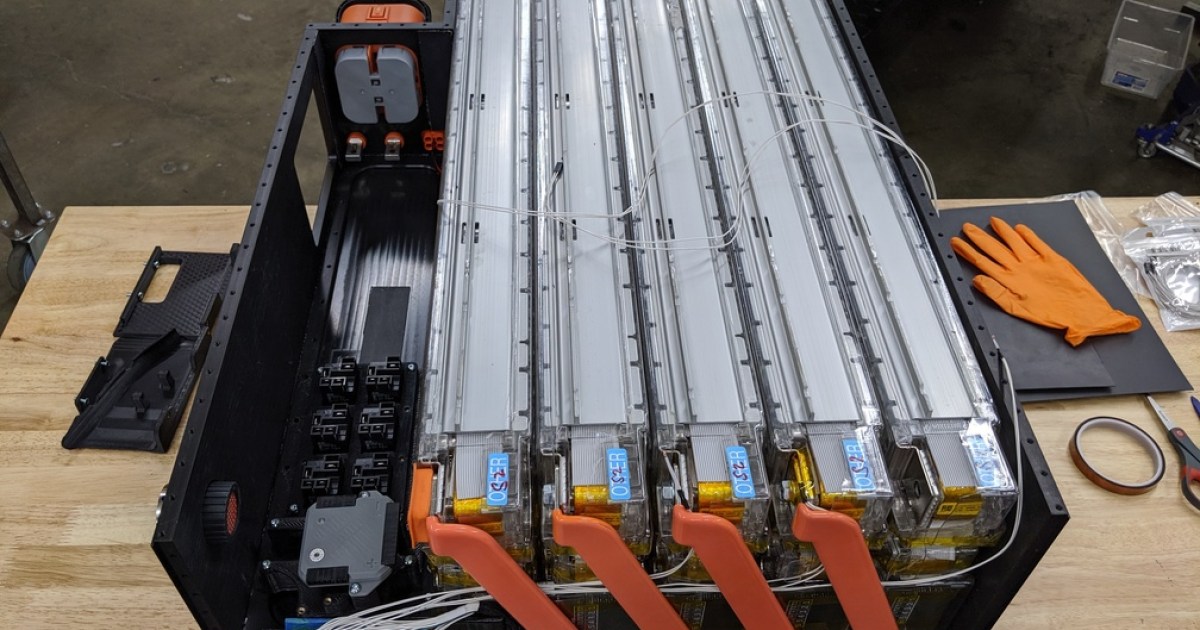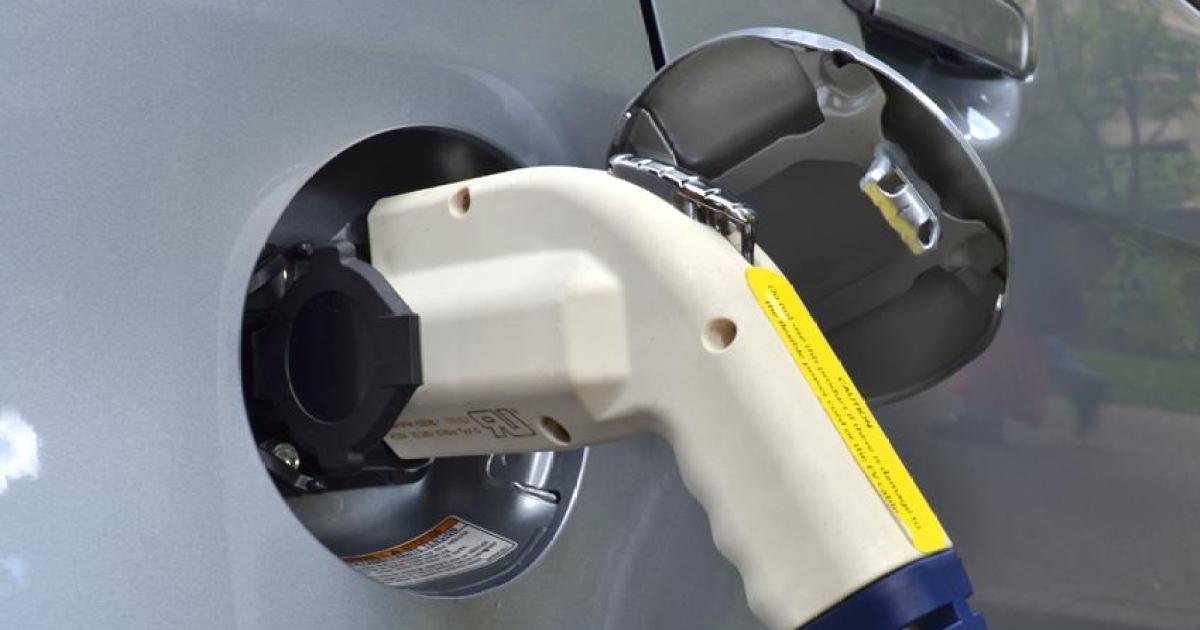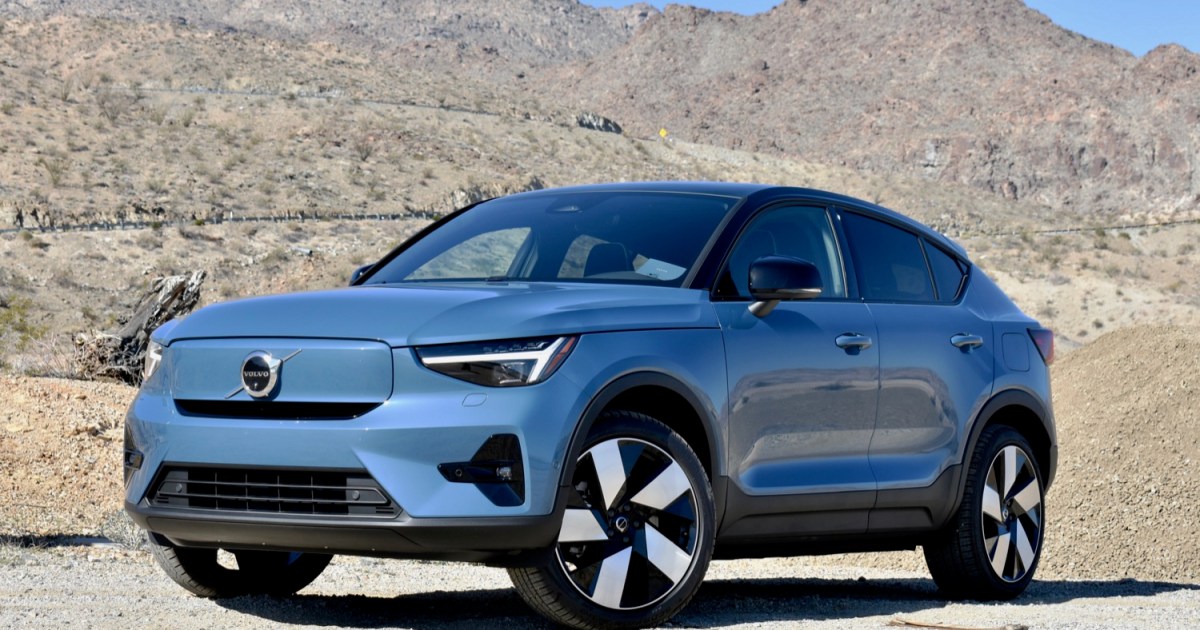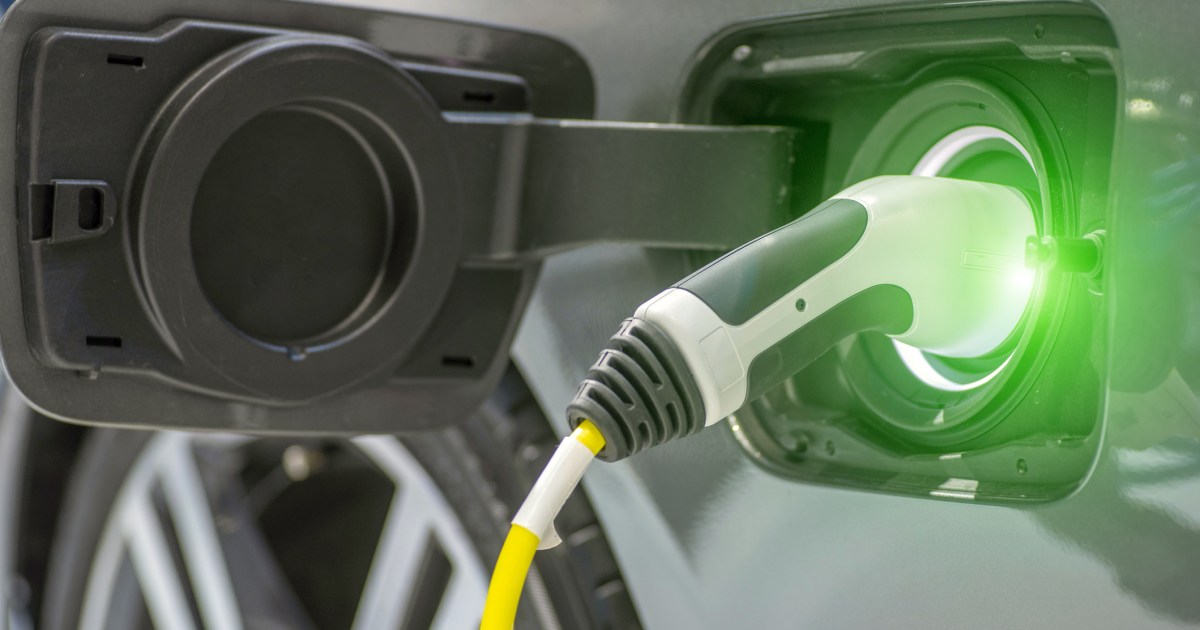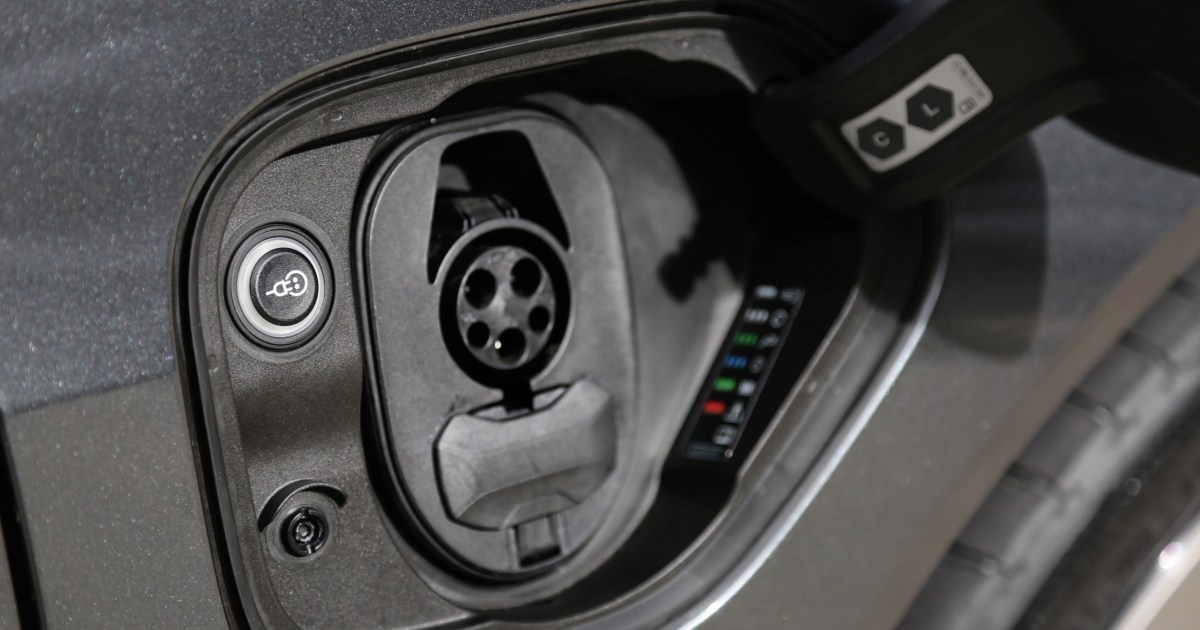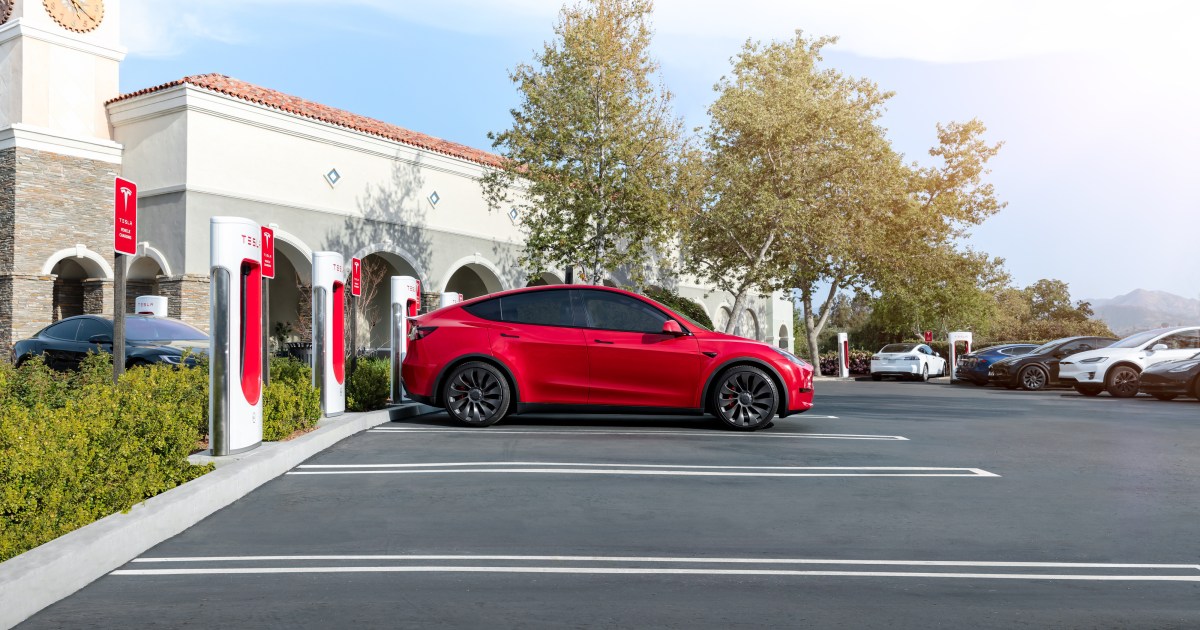Electric vehicles (EVs) operate quite differently from traditional gasoline-powered cars. While internal combustion engines (ICEs) rely on numerous moving parts, EVs utilize a more digital approach, despite their own inherent complexities. This article delves into the inner workings of electric vehicles, exploring the key components and their functions.
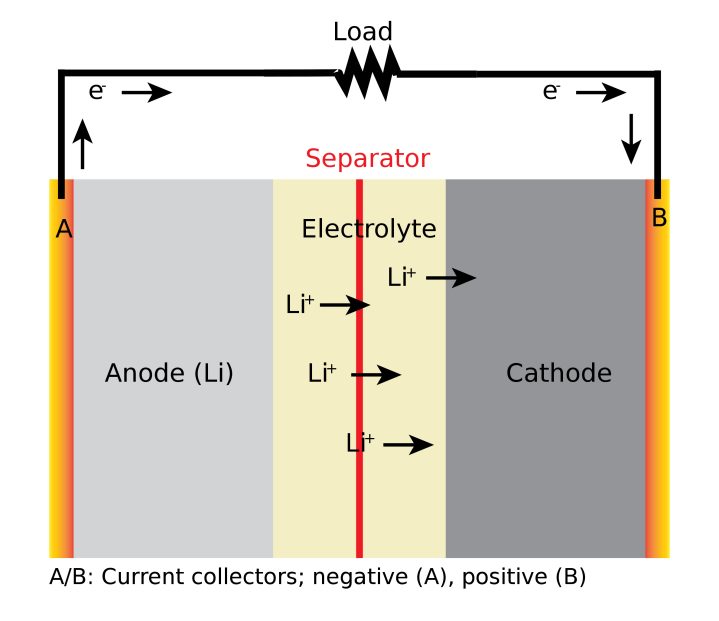 A battery diagram shows movement of lithium atoms and their associated electrons.
A battery diagram shows movement of lithium atoms and their associated electrons.
The Heart of an EV: The Battery Pack
Instead of gasoline, EVs draw power from a battery pack typically located beneath the vehicle’s floor for optimal weight distribution and lower center of gravity. These packs comprise multiple modules, each containing numerous individual battery cells, akin to oversized AA batteries. A sophisticated cooling system circulates coolant between these cells to prevent overheating, a crucial safety measure. A battery management system (BMS) regulates this coolant flow and ensures uniform discharge across all cells, maximizing the battery pack’s lifespan.
While a deeper understanding of battery chemistry is available in our dedicated battery article, the simplified explanation involves lithium atoms moving within the battery, creating a flow of electrons. These electrons are compelled to follow the lithium ions but are prevented from doing so directly by a separating membrane within the battery. This forces them to travel through an external circuit, providing the power that drives our devices and, in this case, electric vehicles. Charging the battery reverses this process, drawing the lithium atoms back to their original position by replenishing the electron supply.
The Power Converter: The Inverter
Most household appliances operate on alternating current (AC), where electrons flow back and forth through wires. Batteries, however, produce direct current (DC), a continuous one-way flow of electrons. EVs employ an inverter to transform the battery pack’s DC output into AC before it reaches the motor. This conversion is critical because the inverter’s control over the AC frequency directly governs the vehicle’s speed.
From Electricity to Motion: The EV Motor
EV motors convert electrical energy into motion through the creation of a rotating magnetic field. The stator, a cylindrical component within the motor, houses tightly wound copper wires. The alternating current from the inverter flows through these wires, creating fluctuating magnetic fields. By precisely controlling the timing and strength of the current in different circuits within the stator, a rotating magnetic field is generated.
 Video thumbnail of how electric motors work
Video thumbnail of how electric motors work
Inside the stator sits the rotor, a freely rotating component influenced by the stator’s magnetic field. As the magnetic field rotates, the rotor spins to align itself with it, driven by the attraction and repulsion between opposing and like magnetic poles. The greater the power flowing through the stator, the faster the magnetic field and consequently the rotor spins. This rotational motion is transferred to the EV’s wheels via an axle. A reducer gear is incorporated to regulate the significant power output of the motor, ensuring appropriate torque delivery to the wheels.
Regenerative Braking: Motor as Generator
Remarkably, EV motors also function as generators during braking. When the vehicle decelerates, the mechanical force of the slowing wheels reverses the process, spinning the rotor and generating electricity that flows back into the battery, effectively recharging it. This process, known as regenerative braking, reduces reliance on traditional friction brakes, minimizing wear and tear on brake pads. This inherent efficiency extends beyond braking, as EV motors avoid the stresses associated with combustion engines, such as explosive chemical reactions, piston-to-crankshaft force transfer, and flywheel stabilization, potentially leading to lower overall maintenance costs.
Conclusion: Embracing the Electric Future
This overview provides a glimpse into the intricate workings of electric vehicles. As EVs become increasingly prevalent, understanding their underlying technology becomes increasingly valuable. From the battery pack to the motor and the innovative regenerative braking system, EVs offer a distinct approach to transportation, marking a significant shift in the automotive landscape.



